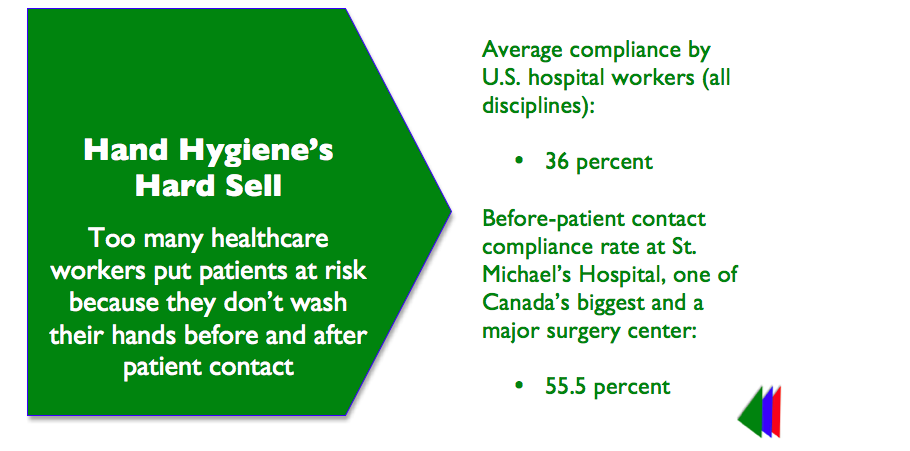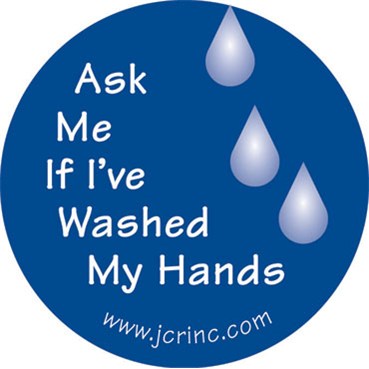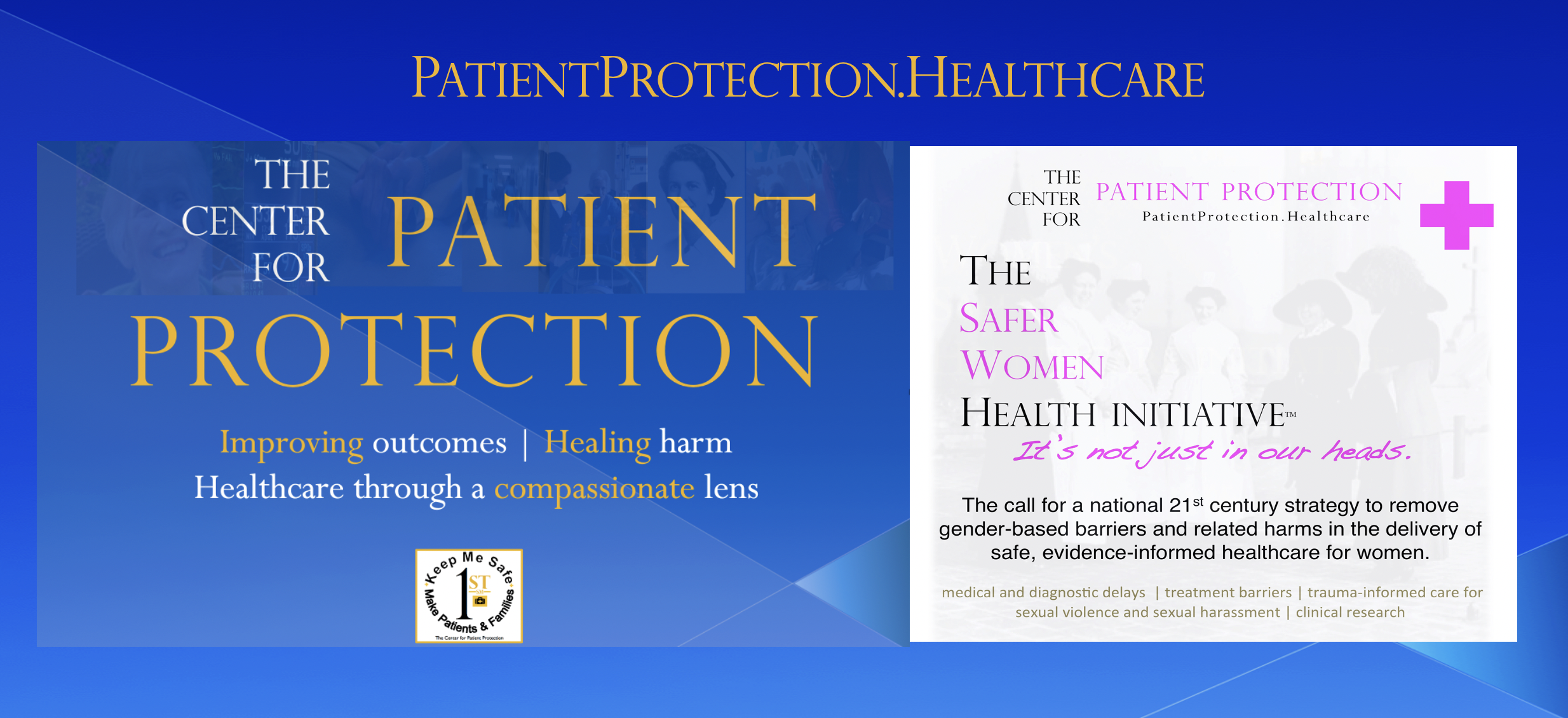- Home
- Join Our Campaign
- Epidemic of Hospital Harm
- Hospital hand hygiene compliance
Even hand washing is a challenge in most hospitals
 For those who survive hospital errors, significant and often permanent injuries often result. The impact of these events on patients, and the families who have to assume costly responsibility for future care, is enormous and generally understated in medical and patient safety literature.
For those who survive hospital errors, significant and often permanent injuries often result. The impact of these events on patients, and the families who have to assume costly responsibility for future care, is enormous and generally understated in medical and patient safety literature.
It has long been argued that most of the deaths that occur as a result of hospital errors, in addition to the injuries, are entirely preventable. Yet they are not prevented. This fact becomes even more striking considering the unacceptable rates of hand hygiene compliance in U. S. and Canadian hospitals.
For the past decade and longer there has been a concerted effort by numerous healthcare authorities to get hospital workers in all disciples to wash their hands before and after contact with the patient, as well as on other key occasions. The relationship between hand washing and infection control would have been well established in nursing and medical school. Yet it remains a big problems in hospital, and so does the extent and risk of hospital acquired infections. Another problem with hand hygiene compliance is that it is almost entirely self reported by clinical teams in hospitals; there is no independent means of verifying the figures supplied. Since it is unlikely that healthcare professionals will want to place their hospital and colleagues in a derogatory light, it is reasonable to be skeptical of the numbers provided.
It’s not just patients who are at risk when healthcare workers disregard this basic lesson in patient safety. Families who visit hospitals are also at risk. Records do not appear to document the number of patients who might have acquired an infection while actually in the hospital but given the rise in hospital infection rates, it is hard to imagine that already stressed-out families are not a big casualty of this glaring failure on the part of healthcare professionals.
This campaign of basic hygiene that is known to all mothers of growing children has occupied thousands of pages of research and promotional material. One paper by the U.S. Joint Commission went on for more than 200 pages, and it was just a small part of their campaign to get doctors and nurses to wash their hands before and after contact with a patient or a high risk situation. The province of Ontario launched a major effort to encourage compliance, including posters, buttons, white papers, conferences, and videos. If it takes this much to reach hospital workers, and still the compliance rate is dangerous unacceptable, what does that say for the level of attention to other issues involving patient safety in the hospital setting? And how will this epidemic of errors involving everything from surgery calamities to administering medication to the wrong patient or by the wrong route or even the wrong drug, ever be brought to and end? 
